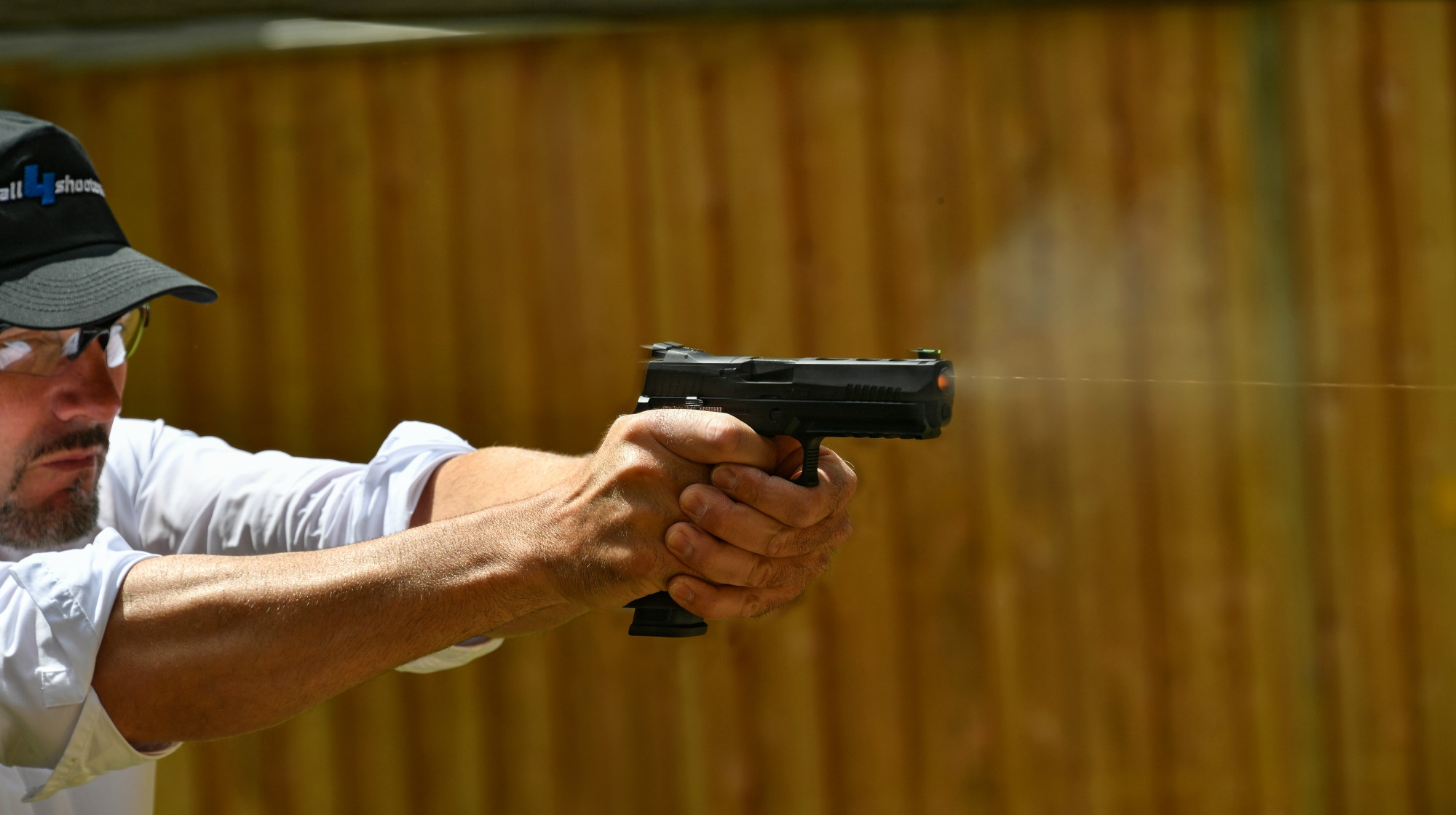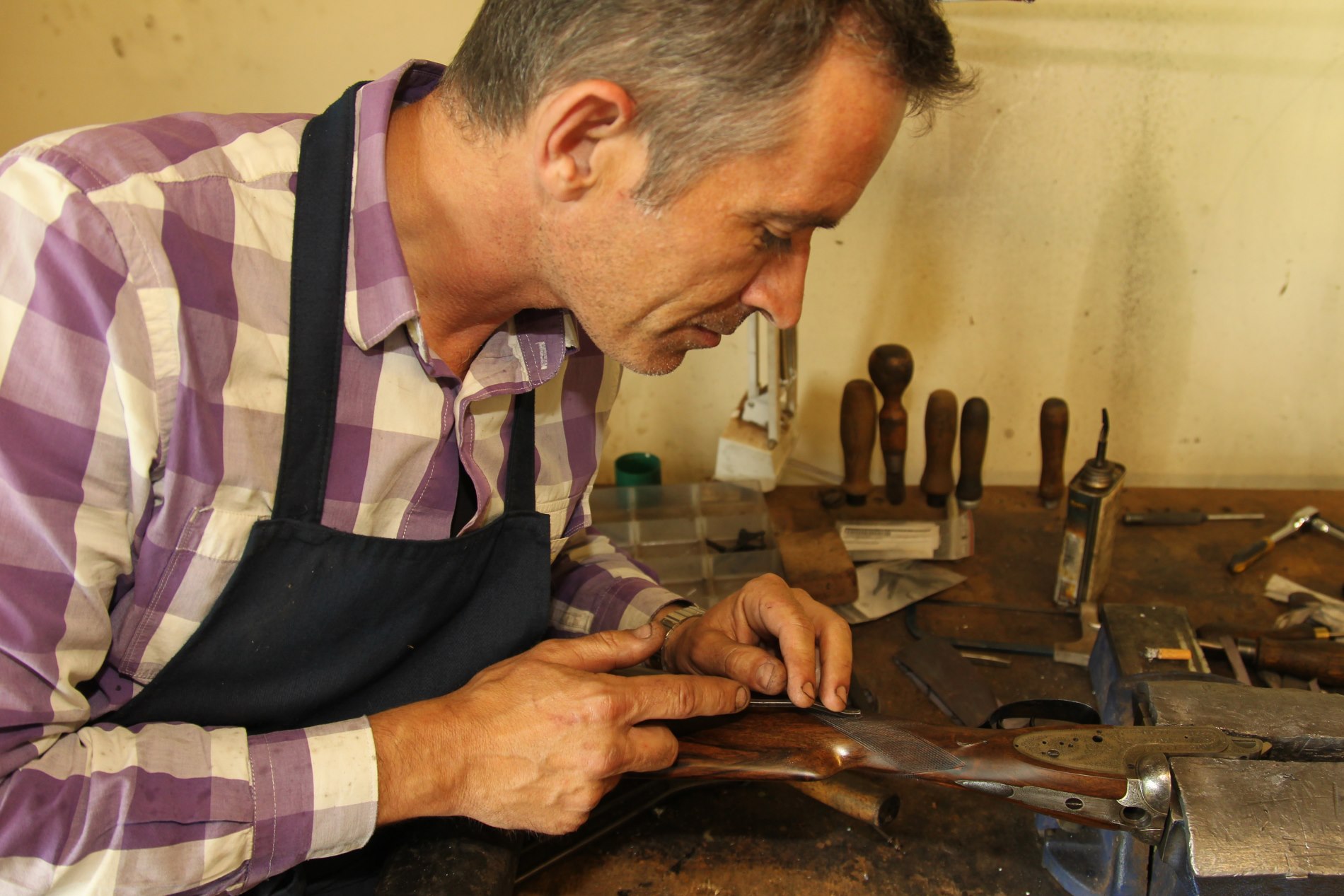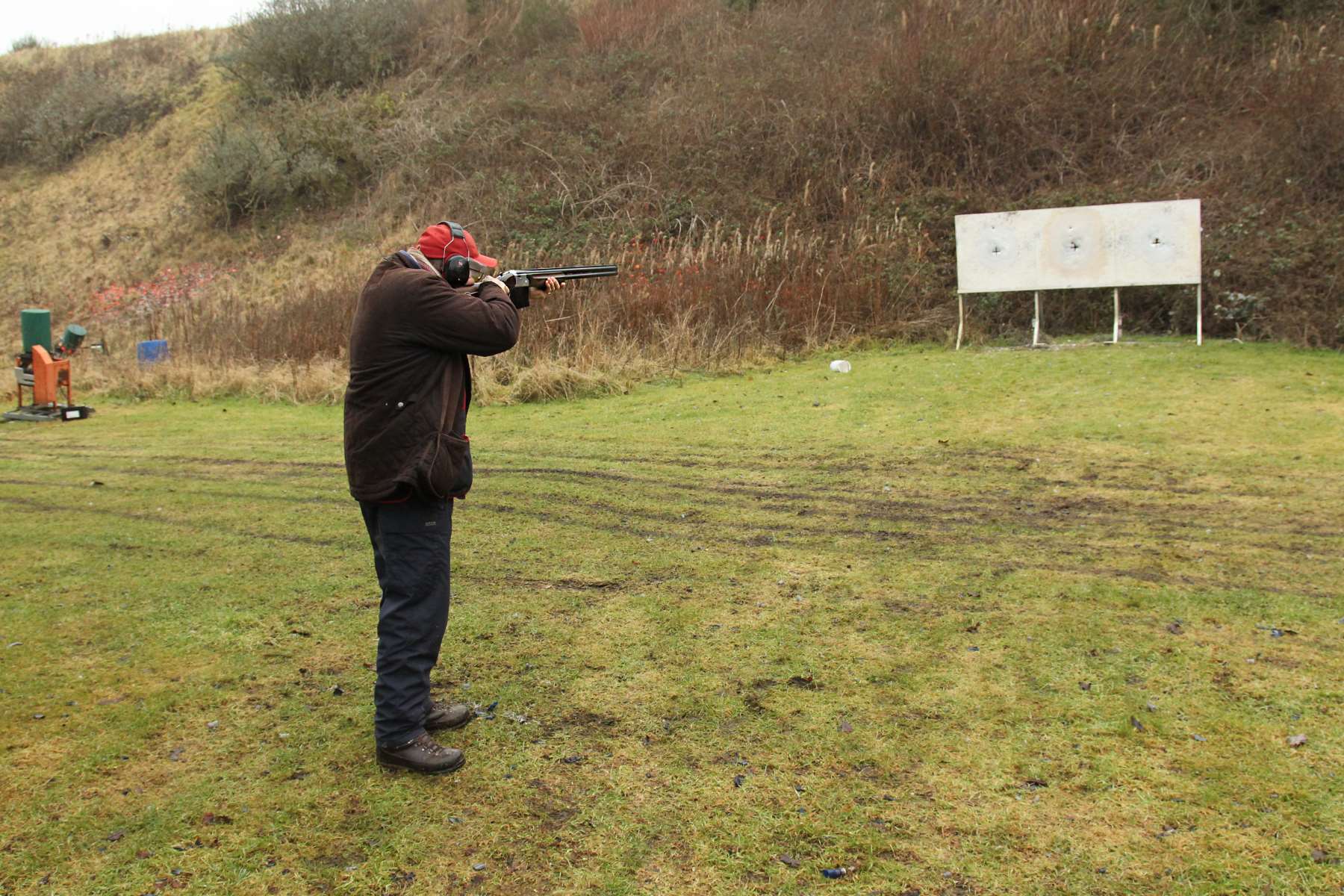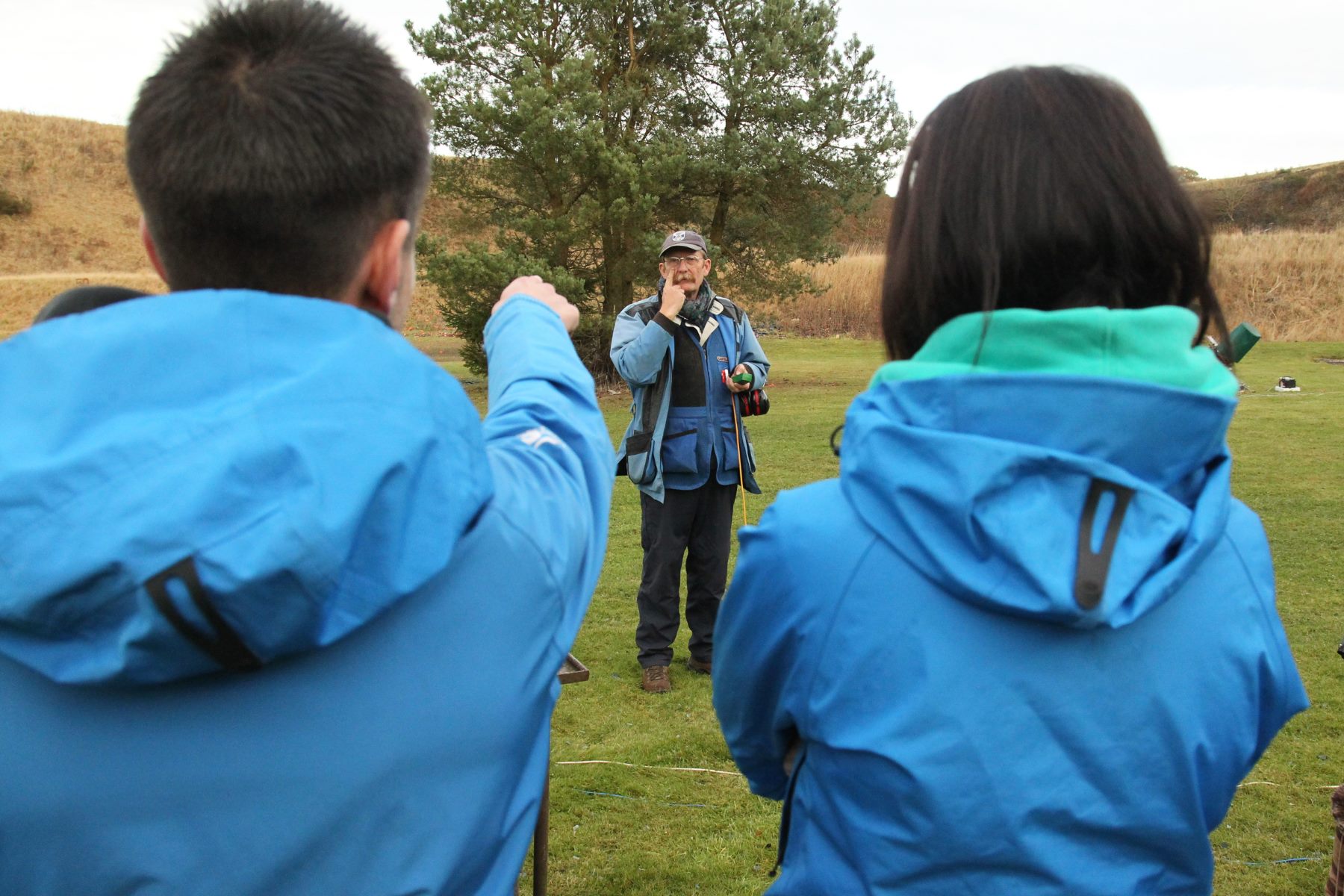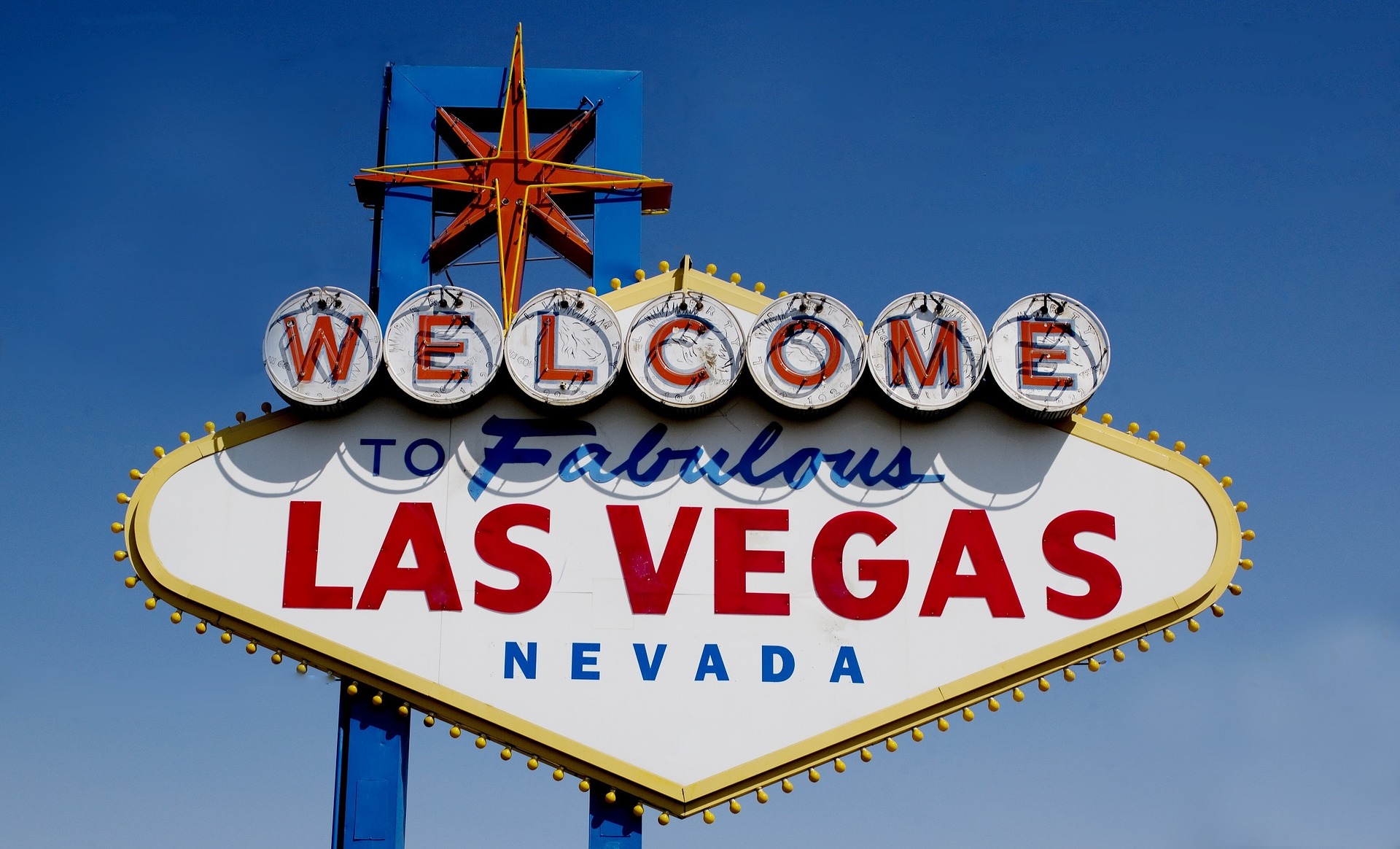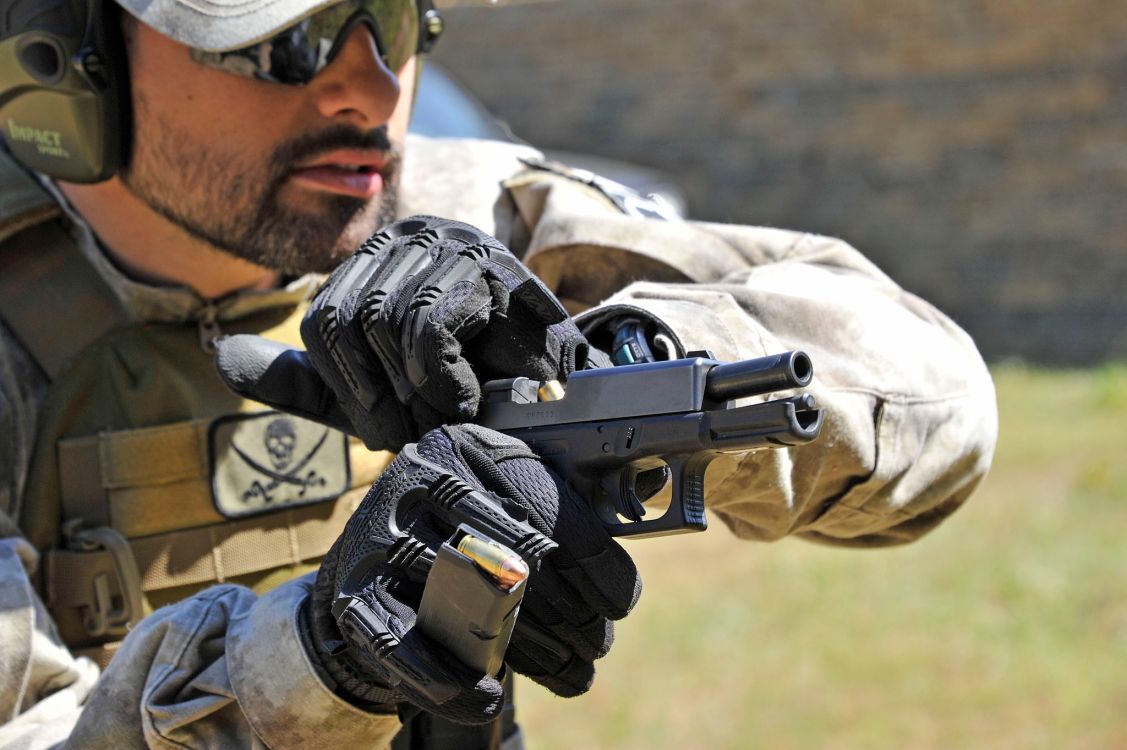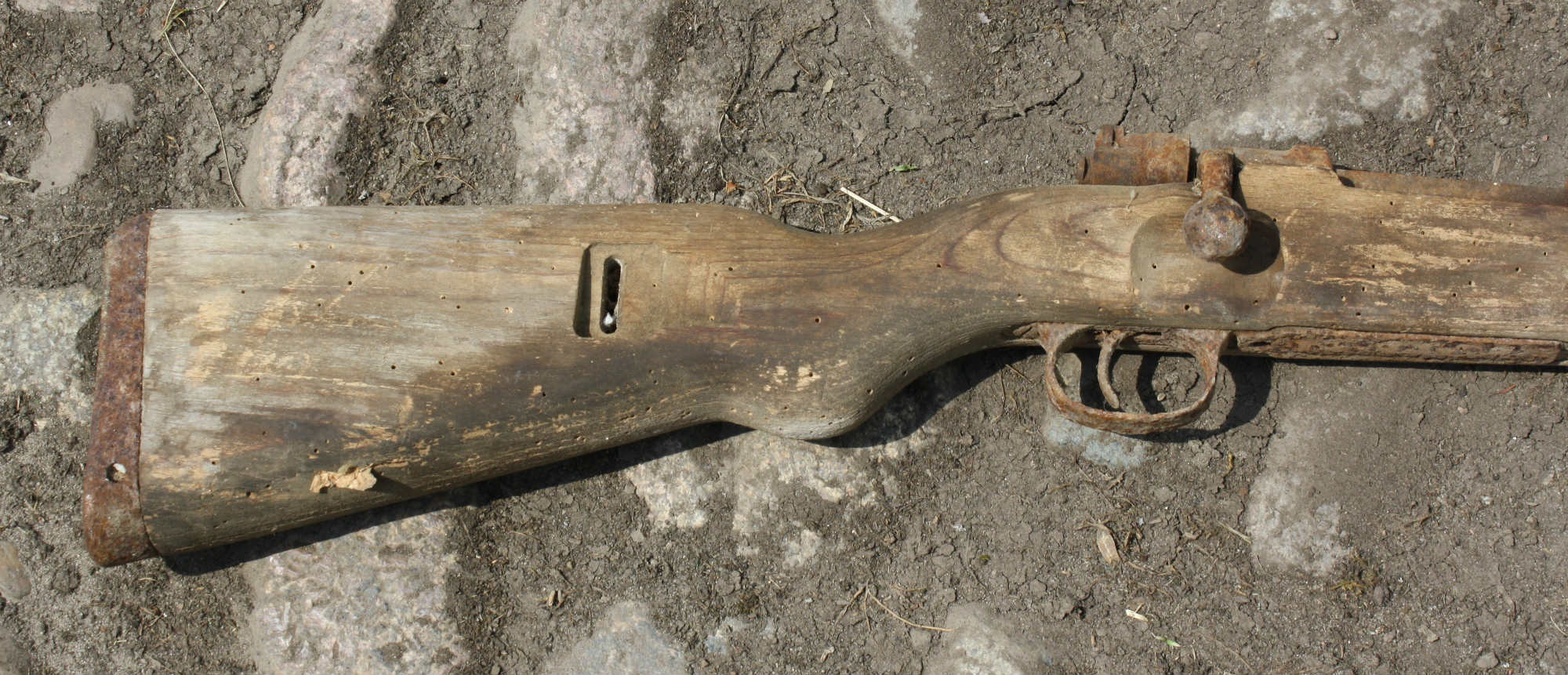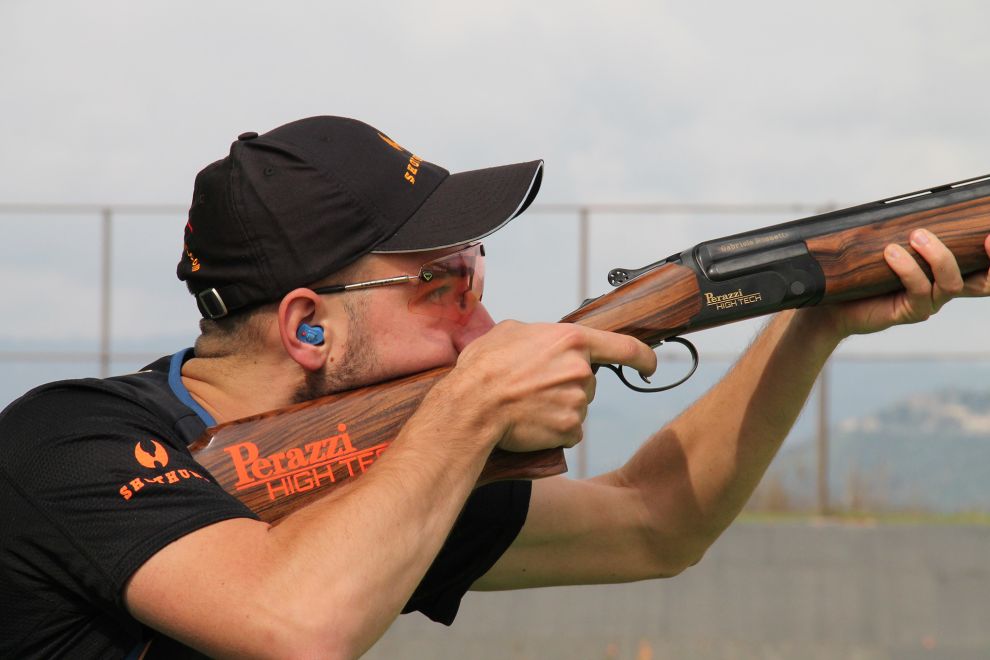One of the most dreaded occurrences when firing a semiautomatic pistol is the gun jamming. Basically, this means that the usual “fire – rearm – ready to fire again” cycle interrupts for some reason and the gun requires some sort of intervention from the operator before firing can be resumed.
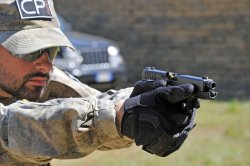
Technically, any interruption of the gun fire cycle is defined a “jam”. Obviously in a calm and controlled environment solving a jam is very simple.
Solving a jam under stressful conditions (be it training, competition or, God forbid, a life-or-death situation) is not that simple and requires some trade offs.
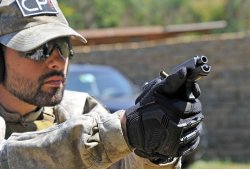
Although there are many technical and mechanical reasons why the gun may jam, from an operative standpoint these can be divided into three broad categories.
The first and foremost thing to do when the gun stops shooting is to look at the gun. It’s so obvious it seems stupid just to mention it. It isn’t. The most common reaction to a stoppage is to just try to pull the trigger again or freeze and look perplexed.
To know what we need to do we must know what happened: bring the pistol to chest level and tilt it sideways a few degrees to see both magazine and chamber through the ejection port.
The gun will be in one of the following conditions:
1) Slide open, empty magazine
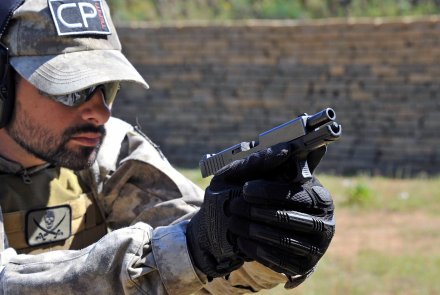
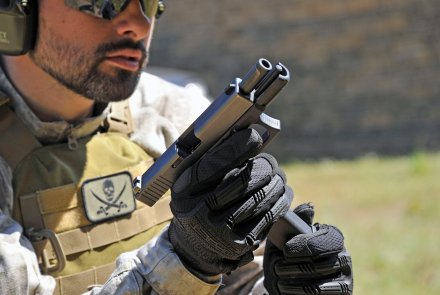
We are just out of ammo. The solution to the problem is straightforward: reload the gun. There are many different techniques to accomplish this task, each one suited to specific conditions or school of thought: we don’t need to concern with them here. Just one tip: the simpler (especially where manipulations are concerned) the better.
2) Slide closed
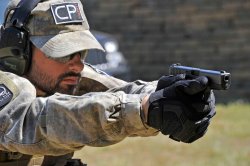
The gun seems loaded and locked, but doesn’t fire. Usually, you either have a dud in the chamber, or you released the slide with an improperly seated magazine after reloading. Either way, the solution is the same: give the mag a smart rap on the mag bottom, to make sure it’s properly inserted and locked in place. Rack the slide so that you will eject any dud cartridge and chamber a fresh one. Fire. This is called “Tap-Rack-Bang”. It’s easy and fast.
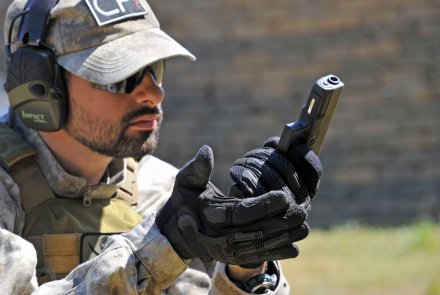
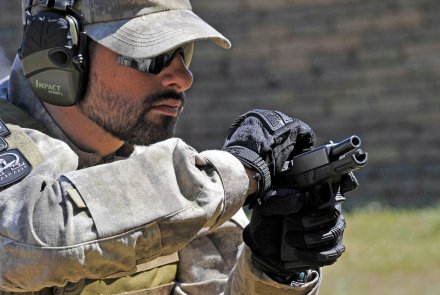
If you are using a double action or DAO semiauto, you could theoretically pull the trigger again on a stubborn primer. Even if apparently this looks faster than tap-rack-bang, don’t do it. First, it’s useless if you have an empty chamber. Second, if the primer didn’t go off the first time, chances are it won’t on the second, or third. Actually, under stress it’s all too easy to fall into a convulse and futile trigger pulling frenzy.
Tap-rack-bang is fast and effective. Use it.
3) Slide half closed
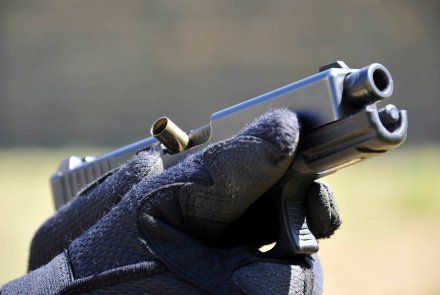
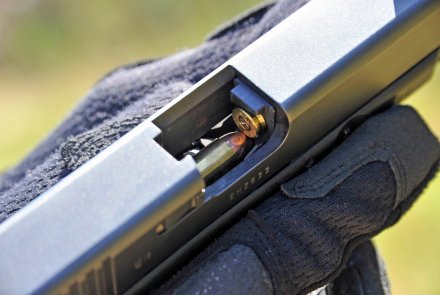
This situation can have many different causes. You may have a partially chambered round that won’t go in for a variety of reasons, a spent case caught between the breech face and the barrel shroud (stovepipe), or the worst of the jams: a double feed, meaning two cartridges left the magazine, and try to enter the chamber locking the gun.
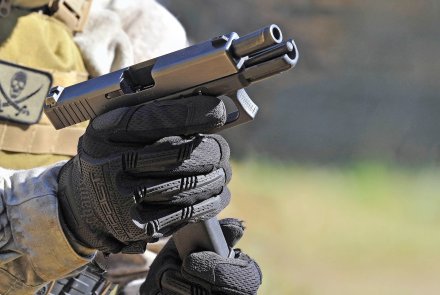
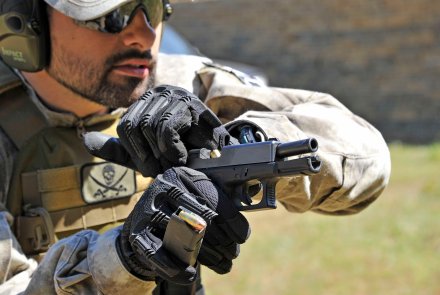
A single procedure covers all eventualities: grab the magazine, push the mag release and pull it out hard. You may have to use quite some force to free it.
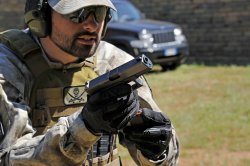
Keeping the magazine in your hand, tilt the gun so the ejection port points downwards and cycle the slide forcibly three or four times in rapid succession. Don’t just pull it back and let it fall forward: pull back and push forward always maintaining your grip on the slide.
Whatever caused the jam will usually clear the gun, falling either out of the ejection port or the magazine well.
Reinsert the magazine and cycle the slide to chamber a fresh cartridge.
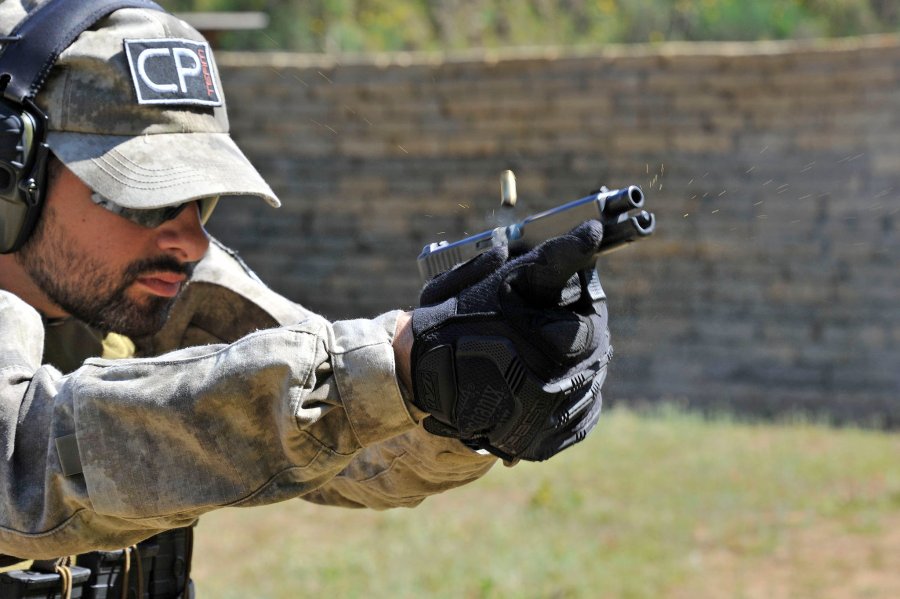
These solutions aren’t obviously as safe or as failproof as the ones you may adopt when clearing a jam in the calm environment of a shooting range, but will get you through most jams in a few moments and allow you to promptly resume firing.
Remember, though: the best way to solve jams is proper gun maintenance, handling, and ammo selection, which will prevent jams in the first place.



